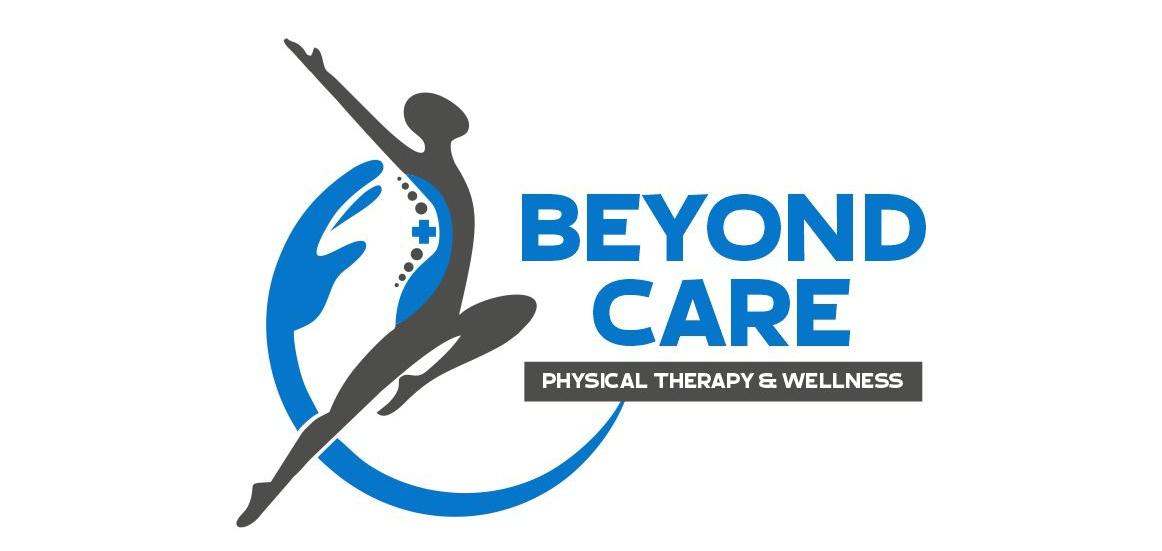Stress Fracture
Stress Fractures occur due to repetitive submaximal loads on the foot, ankle, or leg, often resulting from overuse in activities like long-distance running or intense training. They are particularly common among runners and female athletes.
Common Stress Fracture Sites:
- Lower leg (tibia, fibula) – frequent in runners
- Calcaneus (heel bone) and talus
- Metatarsals (foot bones) – common in distance runners
- Big toe
Signs and Diagnosis:
- Pain and point tenderness that improves with rest
- X-rays may not always detect the fracture, but bone scans and MRI can be useful for diagnosis
Treatment & Prevention:
- Rest and immobilization to allow healing
- Cross-training to maintain fitness while reducing impact
- Avoiding high-impact workouts during recovery
- Wearing proper footwear to reduce stress on bones
With appropriate care and gradual return to activity, stress fractures typically heal well, allowing athletes to safely resume their training.
Calf Strain
Gastrocnemius or Calf Muscle Strain
This injury often occurs due to quick sprints while running, leading to muscle strain in the back of the leg.
Signs & Symptoms:
- Localized tenderness or a "bulge" (most commonly on the inner part of the affected muscle)
- Pain worsens with:
- Walking
- Descending stairs
- Raising the heel off the ground
Treatment:
- Rest and ice to reduce inflammation
- Compression and elevation to minimize swelling
- Gentle stretching and strengthening exercises as healing progresses
- Gradual return to activity to prevent re-injury
Proper warm-up and conditioning can help prevent future strains.
